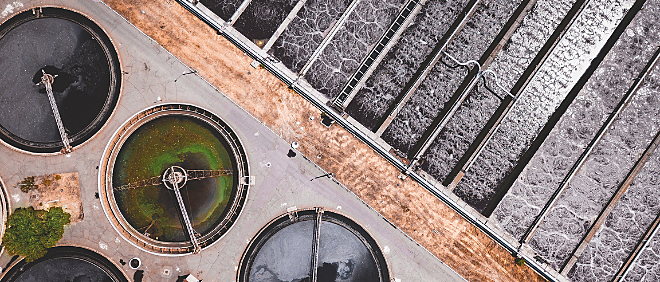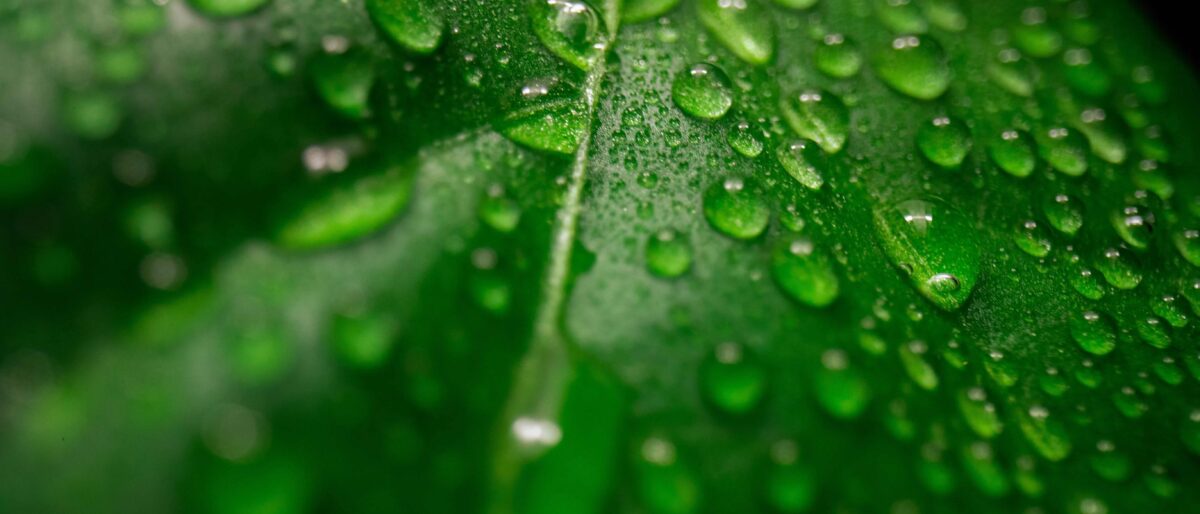Municipal sludge treatment
Recover energy from sludge and dehydrate digested sludge using solar power

Sustainable treatment of large quantities of sludge from sewage treatment
Sewage sludge is the residual, semi-solid material produced as a by-product of the treatment of municipal wastewater. It contains a mixture of water, organic and inorganic materials, nutrients, and pathogens.
Treating sludge is crucial for reducing environmental impact, preventing the spread of pathogens, and recycling valuable nutrients. Proper sludge treatment ensures safe disposal, reduces waste volume, and enables the recovery of resources like biogas.
A sustainable way to reduce excess sludge volume while making advantage of its intrinsic characteristics is to recover its energy potential and use solar power to dehydrate the residual digested sludge.

Energy from Sludge.
Our BIOTIM® Solids anaerobic reactor is designed for high biogas yield while significantly reducing sludge volume.
In the BIOTIM® Solids reactor, the sludge undergoes a mesophilic anaerobic digestion converting the organic compounds into methane. The methane is desulphurized before fueling the combined heat and power generation units.

Biogas Purification
Biogas from sludge is a valuable energy source, but contains impurities that need to be removed. Biogas desulphurization is necessary to increase life duration of combustion engines while reducing running cost. The BIOTIM® Scrubber uses free available activated sludge from biological wastewater treatment as a washing medium, reducing costs for both water and chemicals.

Using solar power for sludge drying
In regions where the sun is abundant, solar energy is used for sludge dewatering.
In the Fez and Marrakech municipal wastewater treatment plants for instance, automated robots stir digested sludge in large greenhouses while the sun provides the thermal heat for sludge dehydration, increasing dry solids concentration.
HYDROGONE® Greenhouse Drying significantly reduces sludge volume and transportation cost.

Odor treatment for municipal wastewater treatment plants
We integrate odor management and biogas purification into every wastewater treatment project. Through our Waterleau Socrematic subsidiary, we provide specialized air pollution abatement solutions, offering biological odor control as well as a wide range of industrial air treatment applications.
Odor control: eliminating causes of discomfort
Our BIOTON® bio-filter uses moist organic materials to adsorb and then biologically degrade odorous compounds. Cooled and humidified air from covered wastewater treatment premises is injected through a grid of perforated pipes into a bed of filtration media.
Biological odor treatment relies on the ability of micro-organisms to degrade a wide variety of organic compounds by oxidizing or ‘eating’ them to carbon dioxide, water and salts when attached to a specific organic or inorganic substrate. As such, biological air oxidation can be considered as the air equivalent of biological water treatment.
Want to know more about sludge treatment?
What is sewage sludge treatment?
What is sewage sludge?
Sewage sludge is the residual, semi-solid material produced as a by-product of the treatment of municipal wastewater. It contains a mixture of water, organic and inorganic materials, nutrients, and pathogens.
What is activated sludge?
Activated sludge is a process in wastewater treatment that involves aerating sewage to promote the growth of microorganisms. These microorganisms decompose organic matter in the sewage, forming a flocculent mass that can be easily separated from the treated water.
What is sewage sludge treatment?
Sewage sludge treatment is the process of treating and managing the
semi-solid byproduct (sludge) generated during wastewater treatment. The
primary goals are to reduce the volume, eliminate pathogens, and
stabilize organic materials to make the sludge safe for disposal, reuse,
or further processing.
Why is Treating Sludge Important?
Treating sludge is crucial for reducing environmental impact, preventing
the spread of pathogens, and recycling valuable nutrients. Proper
sludge treatment ensures safe disposal, reduces waste volume, and
enables the recovery of resources like biogas and fertilizers,
contributing to sustainability and environmental protection.
Find your local contact
Our expertise is always within reach. Digital communication has cut long distances short, but we advocate the traditional way of sharing insights.
Contact us today. We are looking forward to help you reach your sustainable development goals.




